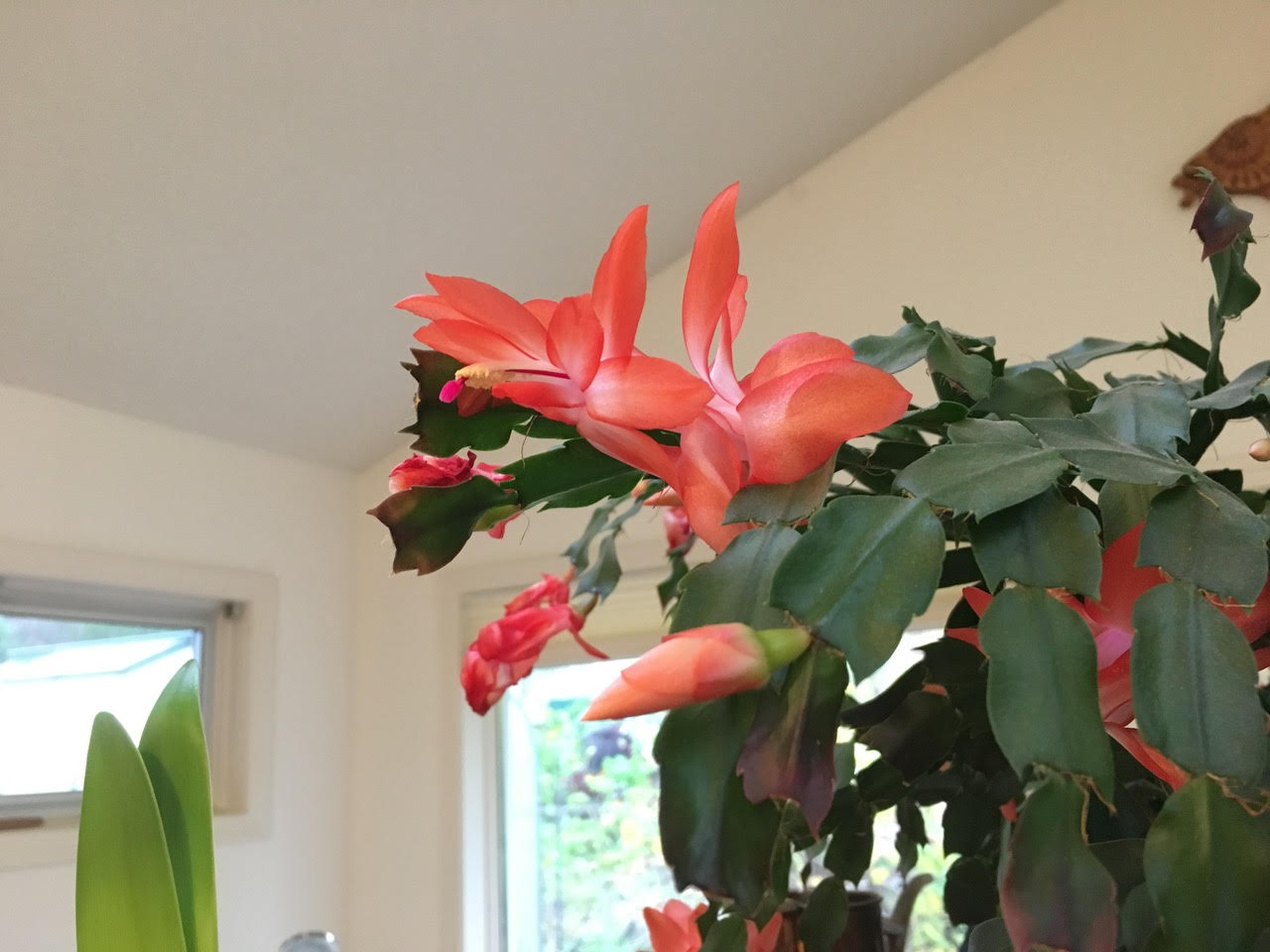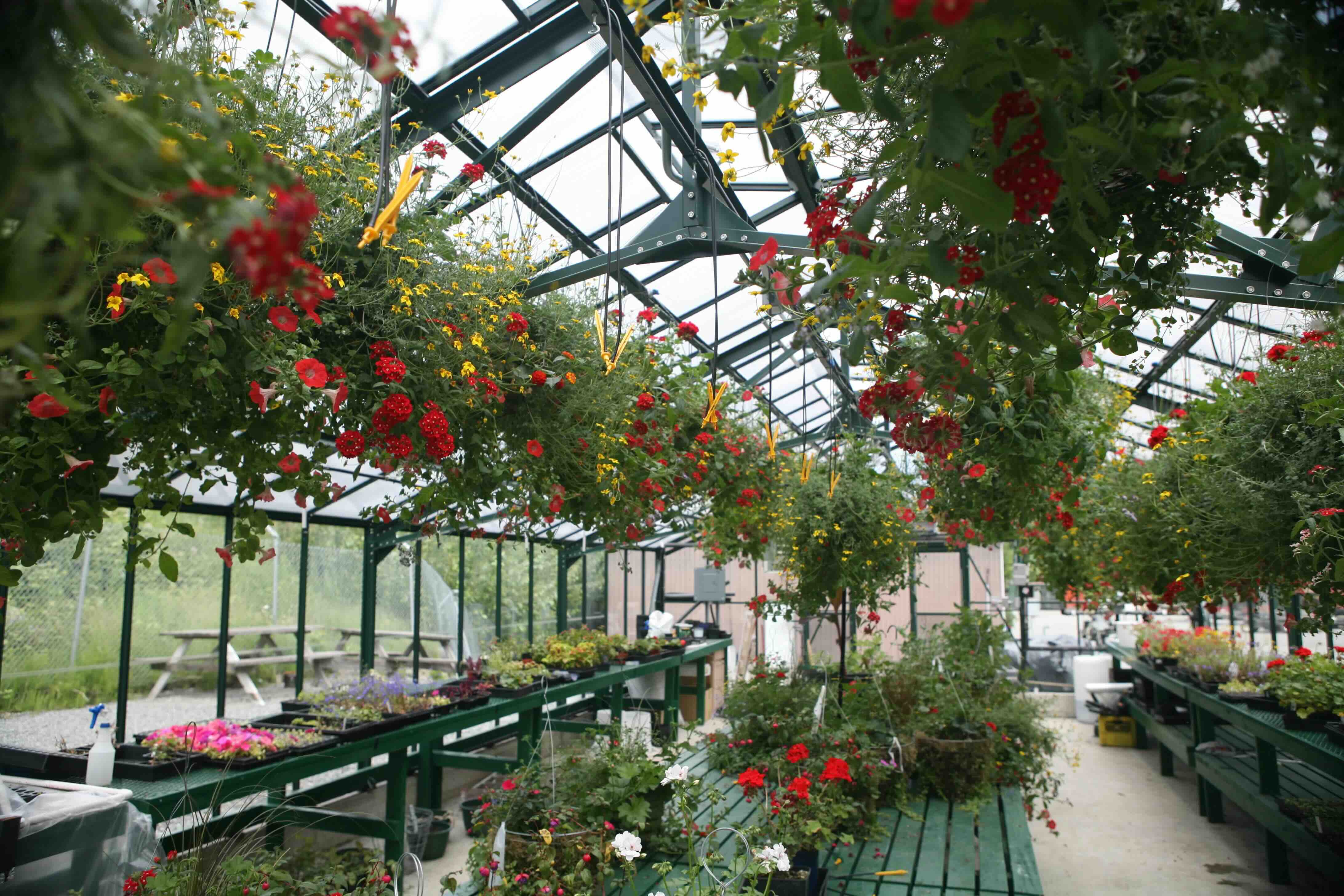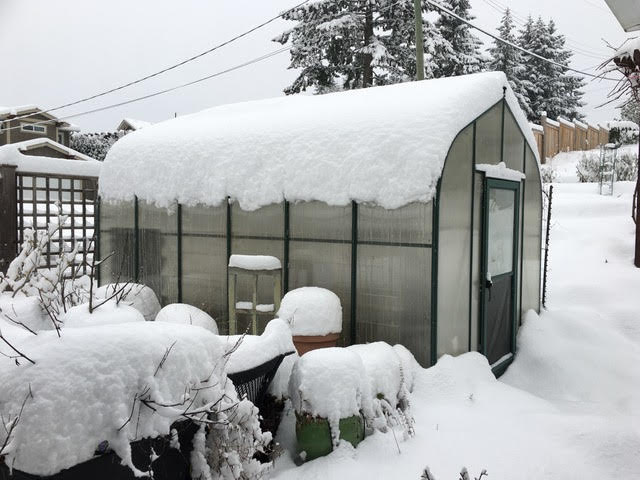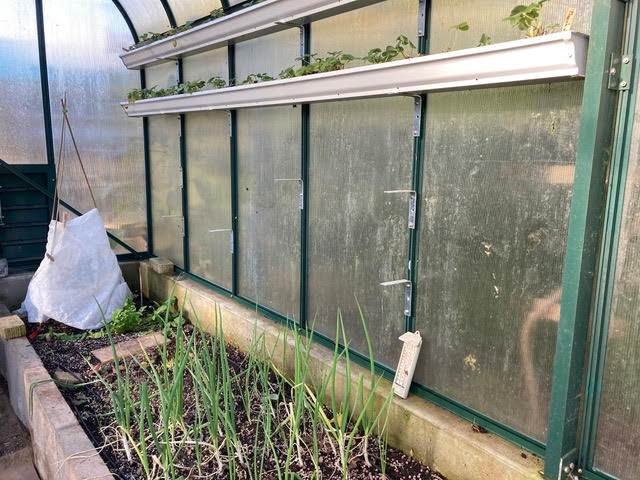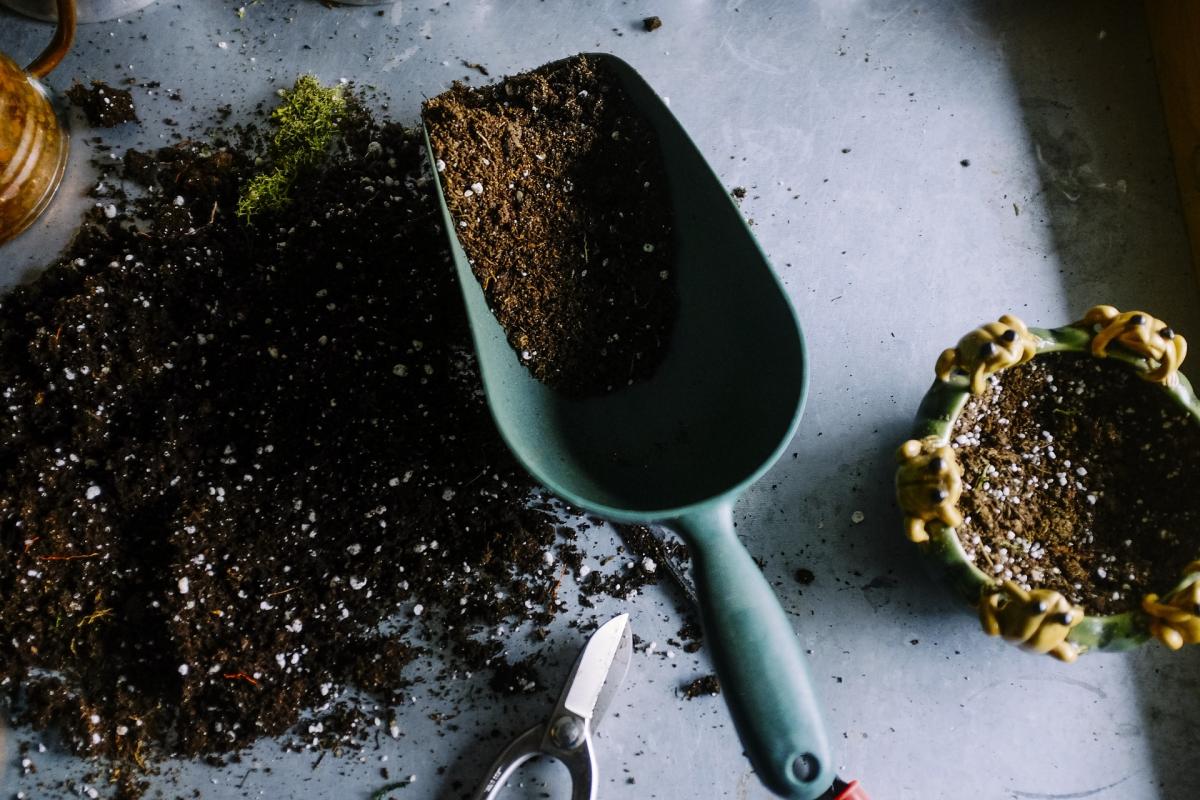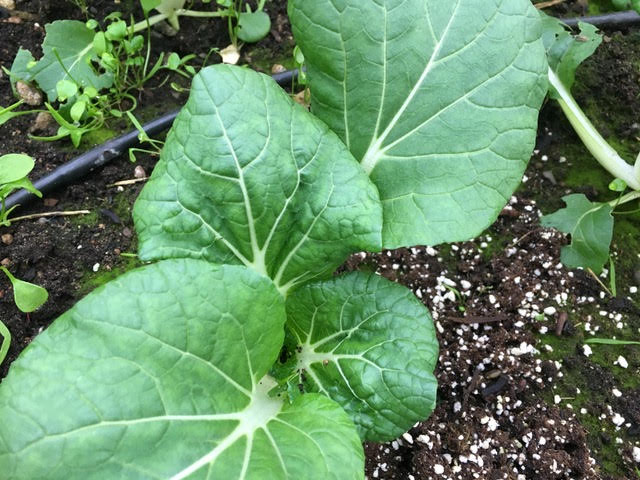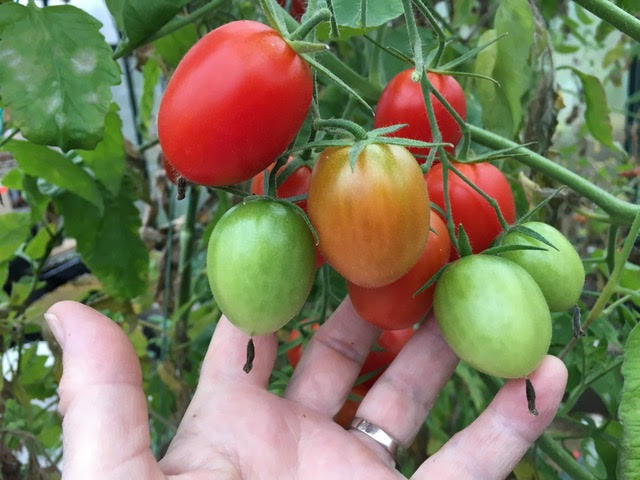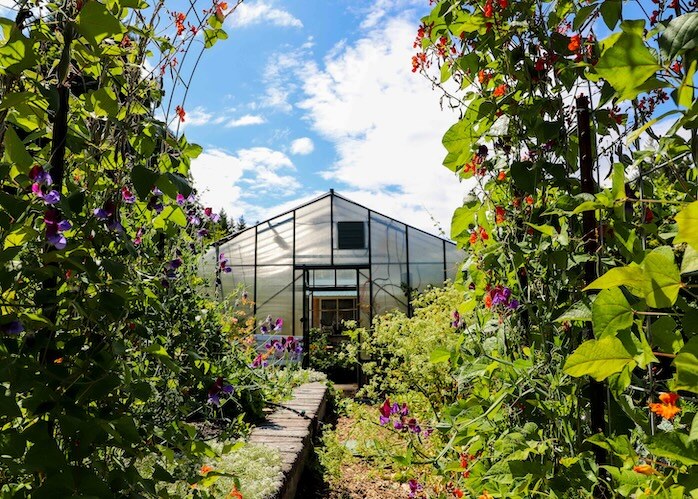How to Keep Your Plants Safe During Winter? Greenhouse Gardening
Quick Answer:
To keep your plants safe in winter, use your greenhouse as a controlled environment by insulating with materials like bubble wrap, using energy-efficient methods such as partitioned zones or under-bench heating, and bringing more delicate plants indoors. Cold-hardy crops can thrive with minimal heating, and creative techniques like milk jug gardening or covered trays can extend your growing season. Personalize your setup to balance energy use, plant needs, and available space, turning setbacks—like a fallen Christmas cactus—into opportunities for propagation and resilience
Saturday Morning Startle
It’s 7 AM and I’m having coffee in my cozy rocking chair waiting for the sun to come up so I can walk the dogs.

